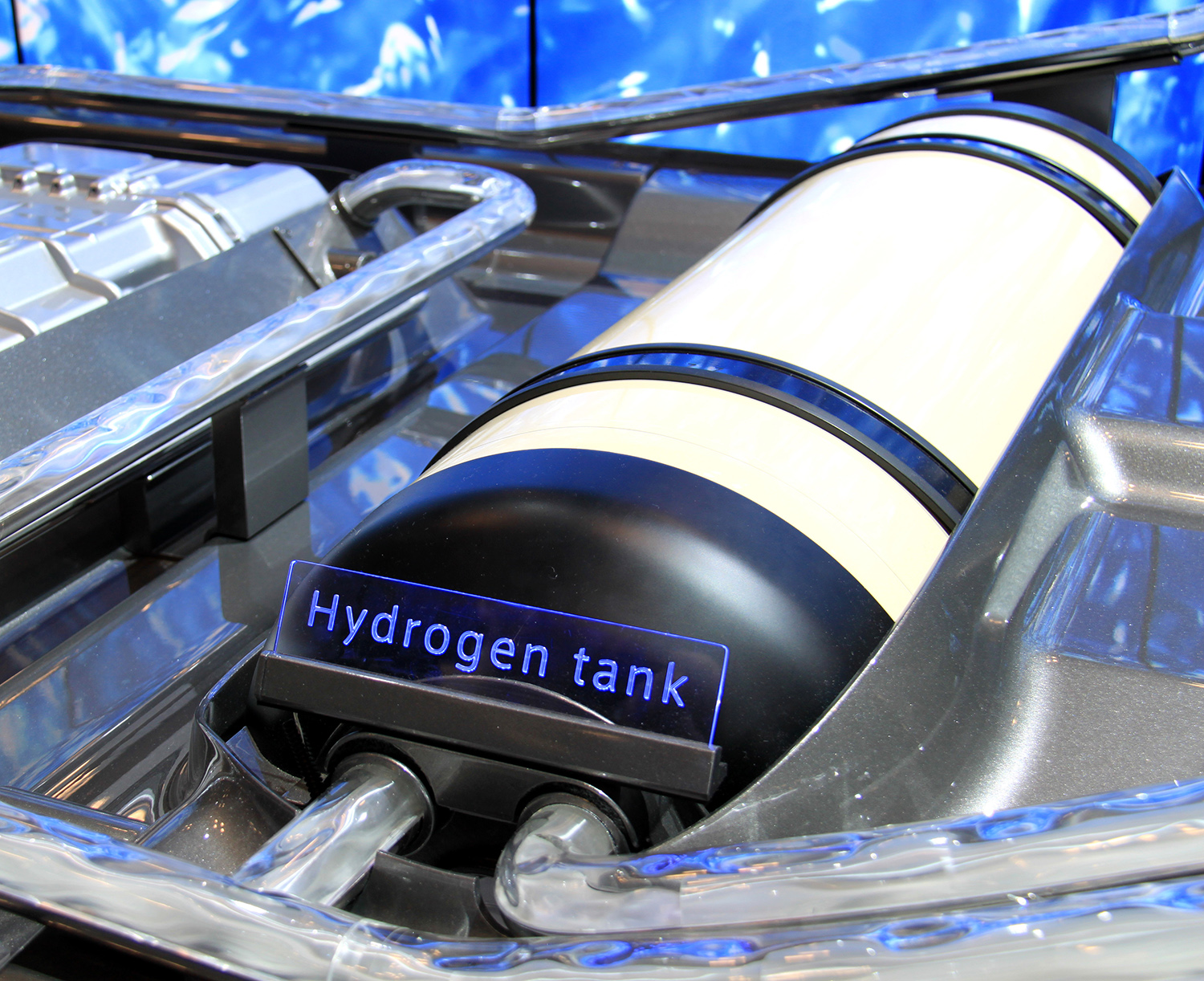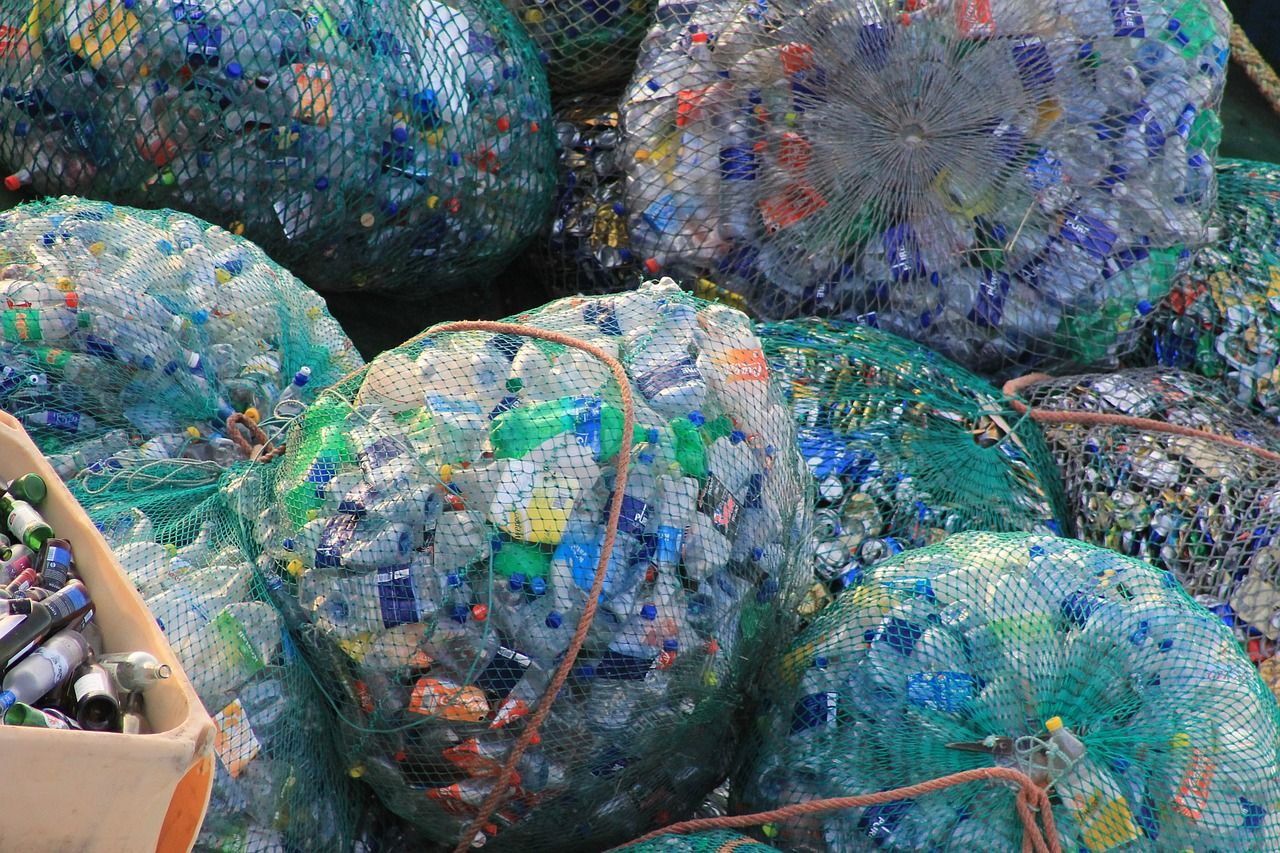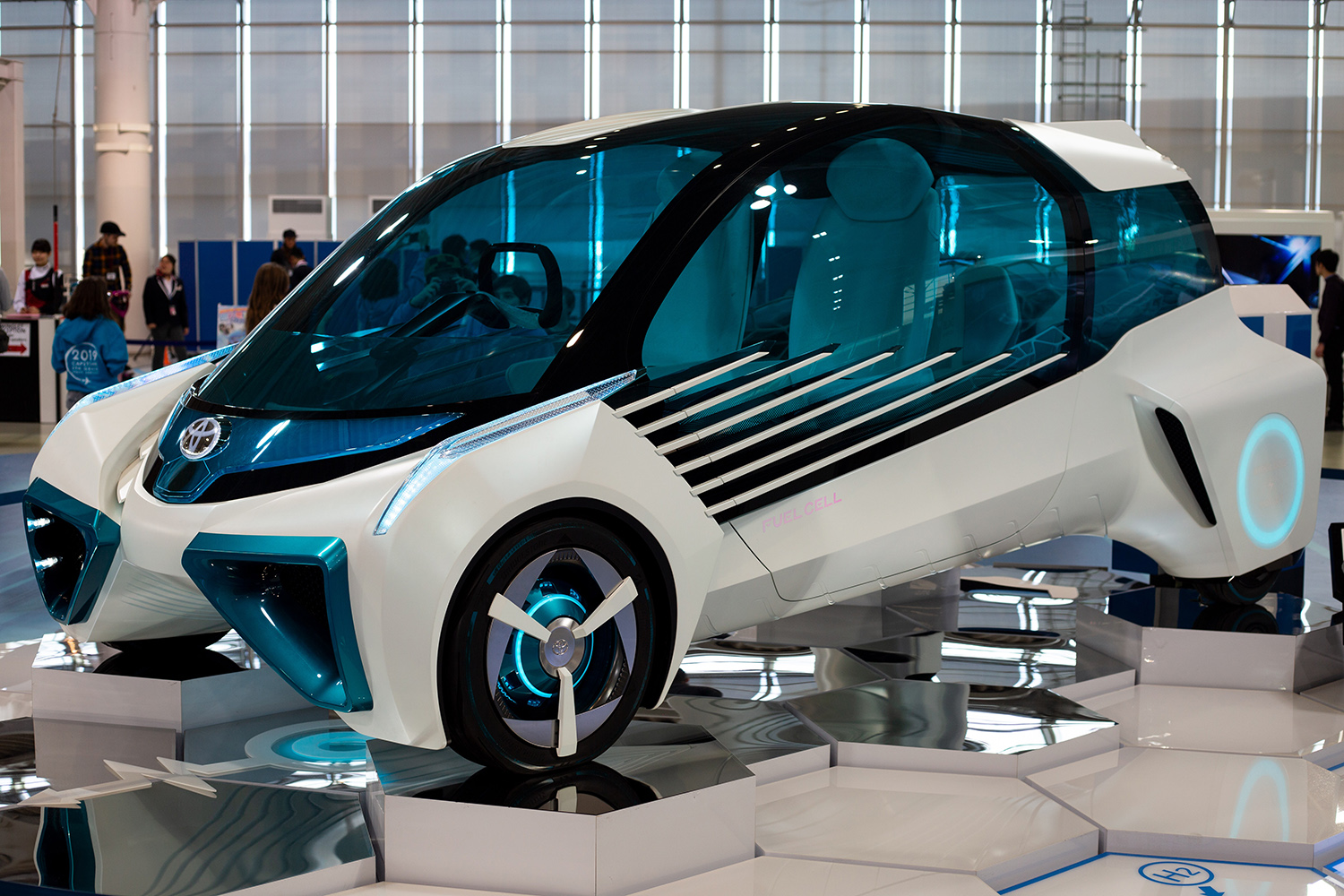Fuel cells in the hydrogen age
Hydrogen-powered fuel cells are recognized as a clean technology because they do not emit carbon dioxide. As part of the energy transition aimed at transforming our modes of energy consumption and production, the fuel cell therefore has a role to play. This article will look at the technologies, applications and perspectives with Christian Beauger, a researcher specialized in material sciences at Mines ParisTech
How do fuel cells work?
Christian Beauger: Fuel cells produce electricity and heat from hydrogen and oxygen reacting at the heart of the system in electrochemical cells. At the anode, hydrogen is oxidized to protons and electrons —the source of the electric current— while at the cathode, oxygen reacts with the protons and electrons to form water. These two electrodes are separated by an electrolyte that is gas-tight and electronically insulated. As an ion conductor, it transfers the protons from the anode to the cathode. To build a fuel cell, several cells must be assembled (a stack). The nominal voltage depends on their number. Their size determines the maximum value of the current produced. The dimensions of the stack (size and number of cells) depend on what the device is to be used for.
Within the stack, the cells are separated by bipolar plates. Their role is to supply each cell with gas, to conduct electrons from one electrode to the other and to cool the system. A fuel cell produces as much electricity as heat, and the temperature of use is limited by the materials used, which vary according to the type of cell.
Finally, the system must be supplied with gas. Since hydrogen does not exist naturally, it must be produced and stored in pressurized tanks. The oxygen used comes from the air, supplied to the fuel cell by means of a compressor.
What is the difference between a fuel cell and a battery?
CB: The main difference between the two is in their design. A battery is an all-in-one technology whose size depends both on the power and the desired autonomy (stored energy). On the contrary, in a fuel cell, the power and energy aspects are separated. The available energy depends on the amount of hydrogen on board, often stored in a tank. So a fuel cell has very varying levels of autonomy depending on the size of the tanks. The power is linked to the size of the stack. Recharging times are also very different. A hydrogen-powered vehicle can be refueled in minutes, compared to a battery that usually takes several hours to charge.
What are the different types of fuel cells?
CB: There are five major types that differ according to the nature of their electrolytes. Alkaline fuel cells use a liquid electrolyte and have an operating temperature of around 70°C. With my team, we are working on low-temperature fuel cells (80°C) whose electrolyte is a polymer membrane; these are called PEMFCs. PAFCs use phosphoric acid and operate between 150°C and 200°C. MCFCs have an electrolyte based on molten carbonates (600-700°C). Finally, those with the highest temperature, up to 1000 °C, use a solid oxide (SOFC), i.e. a ceramic electrolyte.
Their operating principle is the same, but they do not present the same problems. Temperature influences the choice of materials for each technology, but also the context in which they are used. For example, SOFCs take a long time to reach their operating temperature and therefore do not perform optimally at start-up. If an application requires a fast response, low-temperature technologies should be preferred. Overall, PEMFCs are the most developed.
What are the technical challenges facing fuel cell research?
CB: The objective is always to improve performance, i.e. conversion efficiency and lifespan, while reducing costs.
For the PEMFCs we are working on, the amount of platinum required for redox reactions should be reduced. Limiting the degradation of the catalyst support is another challenge. For this purpose, we are developing new supports based on carbon aerogels or doped metal oxides, with better corrosion resistance under operating conditions. They also provide a better supply of gas (hydrogen and especially air) to the electrodes. We have also recently initiated research on platinum-free catalysts in order to completely move away from this expensive material.
Another challenge is cooling. One option to make more efficient use of the heat produced or to reduce cooling constraints in the mobility sector is to be able to increase the operating temperature of PEMFCs. The Achilles heel here is the membrane. With this in mind, we are working on the development of new composite membranes.
The path for SOFCs is reversed. With a much higher operating temperature, there are fewer kinetic losses at the electrodes and therefore no need for expensive catalysts. On the other hand, the heavy constraints of thermomechanical compatibility limit the choice of SOFC constituent materials. The objective of the research is therefore to lower the operating temperature of SOFCs.
Where do we find these fuel cells today?
CB: PEMFCs are the most widespread and marketed, primarily in the mobility sector. The fuel cell vehicles offered by Hyundai or Toyota, for example, carry a fuel cell of about 120 kW. Electricity is generated on board by the fuel cell hybrid to a battery. The battery preserves the fuel cell during strong accelerations. Indeed, although it is capable of rapidly supplying the required energy, this driving phase accelerates the degradation of the core materials. Fuel cells can also be used as range extenders as originally developed by SYMBIO for Renault electric vehicles. In this case, hydrogen takes over when the battery weakens. The fuel cell can then recharge the battery or power the electric motor.
Another example of commercialization is micro-cogeneration, which makes it possible to use the electricity and heat produced by the fuel cell. In Japan, the Ene Farm program, launched in 2009, has enabled tens of thousands of residential cogeneration systems to be marketed, built using PEMFC or SOFC stacks with a power output of around 700 W.
You mentioned the deterioration of materials and the preservation of fuel cells in use: what about their lifespan?
CB: Lifespan is mainly impacted by the stability of the materials, especially those found in the electrodes or that make up the membrane. The highly oxidizing environment of the cathode can lead to the degradation of the electrodes and indirectly of the membranes. The carbon base of PEMFC electrodes has a particular tendency to oxidize at the cathode. The platinum on the surface can then come away, agglomerate, or migrate towards the membrane to the point of degrading it. Ultimately, the target for vehicles is 5,000 hours of operation and 50,000 hours for stationary applications. We must be at two-thirds of that goal now.
Read more on I’MTech Hydrogen: transport and storage difficulties
What are the prospects for fuel cells now that hydrogen is receiving investment support?
CB: Applications for mobility are still at the heart of the issue. Interest is shifting towards heavy vehicles (buses, trains, light aircraft, ships) for which batteries are insufficient. Alstom’s iLint hydrogen train is being tested in Germany. The aeronautics sector is also conducting tests on small aircraft, but hydrogen-powered wide-body aircraft are not for the immediate future. PEMFCs have the advantage of offering a wide range of power to meet the needs of the various uses from mobile applications (computer, telephone, etc.) to industry usage.
Finally, it is difficult to talk about fuel cells without talking about hydrogen production. It is also often talked about as a means of storing renewable energy. To do this, the reverse process to that used in the fuel cell is required: electrolysis. The water is dissociated into hydrogen and oxygen by applying a voltage between the two electrodes.
Overall, it should be remembered that fuel cell deployment only makes sense if the method of hydrogen production has a low carbon footprint. This is one of the major challenges facing the industry today.
Interview by Anaïs Culot.
For more information about fuel cells:









Leave a Reply
Want to join the discussion?Feel free to contribute!